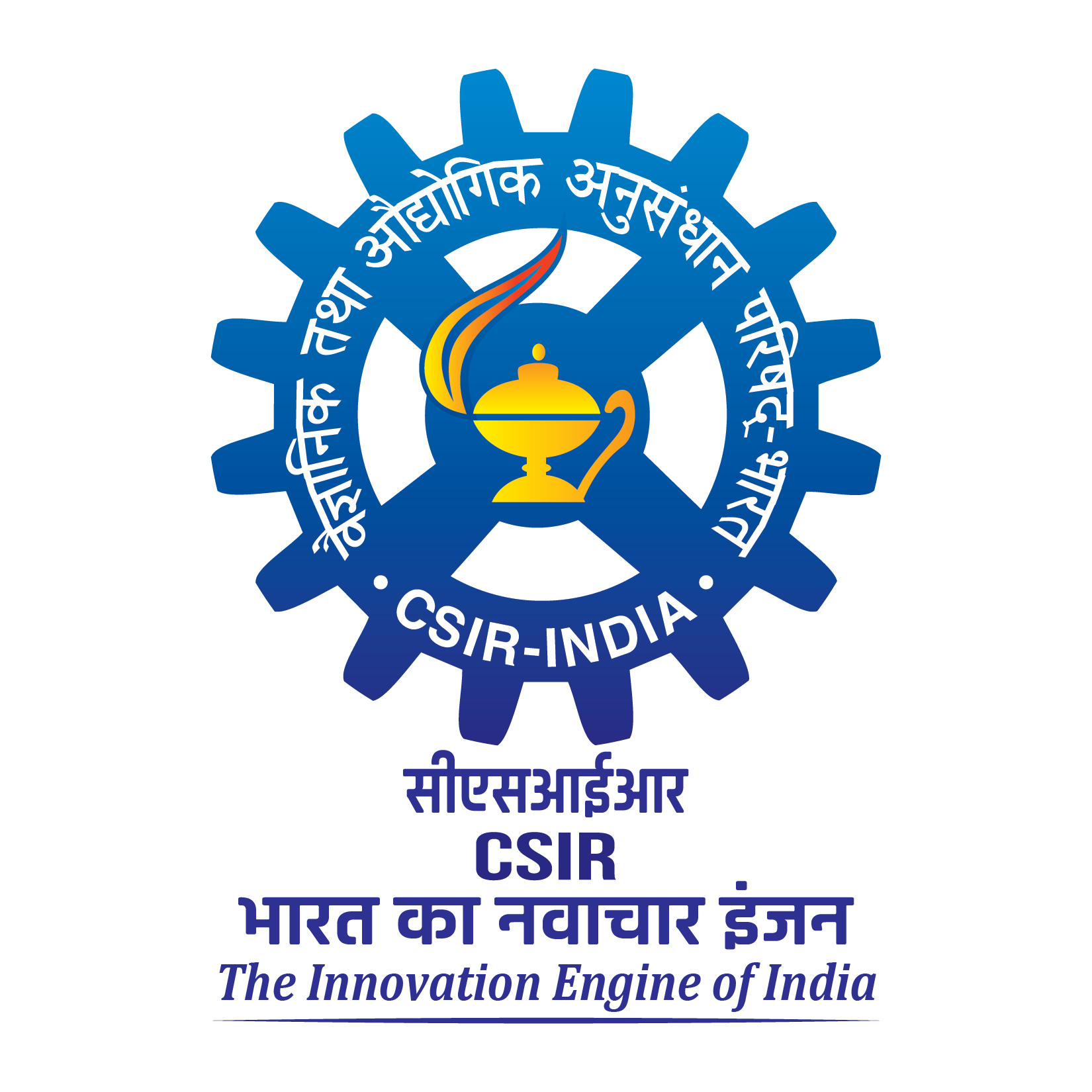by Siva Sai Kumar Rajana, Sampad Kumar Panda, Sridevi Jade, Chiranjeevi G. Vivek
The occurrence characteristics of Equatorial F-region Irregularities (EFIs) along the Indian longitude sector are investigated using GPS-derived ROTI observations from 2010 to 2023, under both quiet and disturbed geomagnetic conditions. The analysis of the results emphasizes a strong dependence of EFIs occurrence on solar cycle variation. Additionally, the EFIs are more intense at the EIA regions under maximum solar activity periods attributed to the high ambient electron density in the F-layer. The occurrence of EFIs is found to be severe and frequently observed in equinox seasons in contrast to solstice seasons. Also, the occurrence of EFIs exhibits equinoctial asymmetry with more intense EFIs in the spring equinox than autumn equinox during the peak and declining periods of the solar cycle. Conversely, severe EFIs are observed during autumn equinox than spring equinox in the ascending phase of the solar cycle. The seasonal occurrence probability of EFIs is highest in the equinox seasons, following the winter solstice, and summer solstice in high solar activity conditions. Investigations of EFIs during two prominent geomagnetic storm events (17 March 2015 and 08 September 2017) during the study period show that the storm-induced Prompt Penetration Electric Fields (PPEFs) modulated the regular intensity of dusk time Pre-Reversal Enhancement (PRE), resulting in poleward expansion of ionospheric irregularities up to mid-latitude regions with spatial time lags. However, storm-induced westward electric fields and oscillating IMF Bz created Counter Electrojet (CEJ) like conditions, suppressing the dusk time ionospheric irregularities over dip equatorial and low-latitude regions on 17 March 2013. This study provides a comprehensive understanding of how ionospheric irregularities manifest under varying conditions, thereby supporting further research on substantiating the spatiotemporal EFIs characteristics and their predictions over the region.

